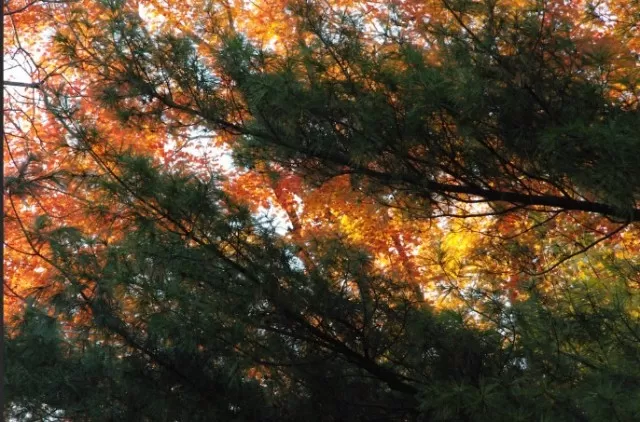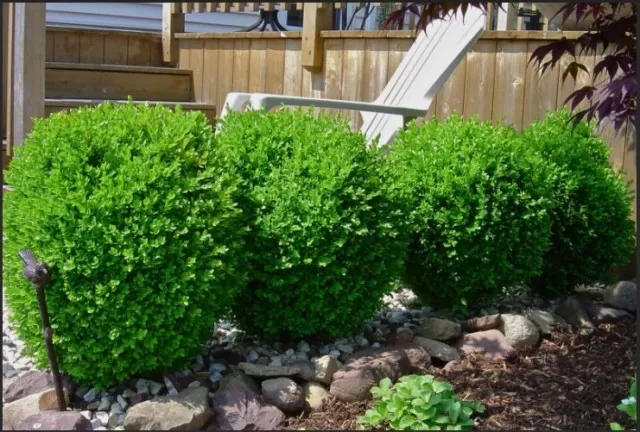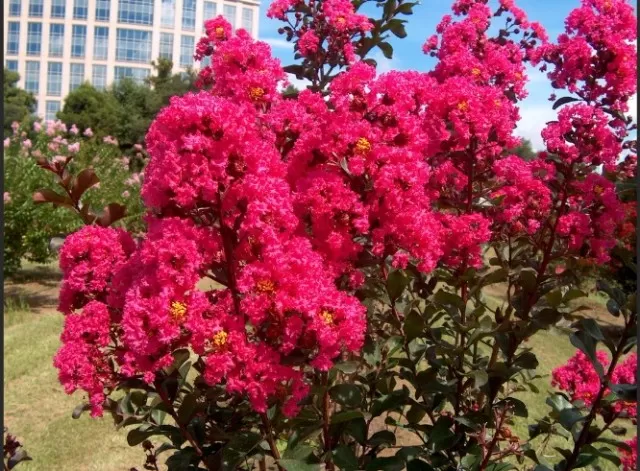10 Beginner-Friendly Bonsai Tree Varieties (Part 1). For newcomers to the world of bonsai, a surprising revelation awaits: Bonsai trees are not indoor houseplants. As explained by bonsai experts, including Roberts and Price, the fundamental rule of bonsai cultivation is that these miniature trees thrive outdoors. This approach not only selects the best candidates for bonsai but also maintains their health and vitality.In regions with cold winters, northern bonsai enthusiasts have developed techniques to safeguard their trees during the dormant period. This includes placing the trees in an unheated garage or structure or in a cold frame on a protected side of the house. A bed of mulch helps shield them from harsh winds and the coldest temperatures. Dormant trees only need water when the soil dries out, and they should be kept cool, even on warm winter days.
By adhering to these principles of outdoor growth and seasonal care, you can nurture your bonsai tree to thrive in its miniature form while preserving its health and longevity, allowing it to become a living work of art in your outdoor space.
Bald Cypress: Nature’s Bonsai Canvas

Taxodium distichum, commonly known as the bald cypress, is a tree cherished by artists and bonsai enthusiasts for its unique features and artistic potential.
Among its distinctive characteristics are the “cypress knees,” woody structures that emerge above the root system, and a flat upper canopy that sets it apart from other trees.
This tree, with its soft green needles, undergoes a remarkable transformation in the fall.
Its foliage evolves into spectacular shades of yellow and auburn before gracefully shedding for the winter, painting a vivid picture of the changing seasons.
While the bald cypress is an excellent choice for bonsai beginners in warmer climates, it presents challenges in regions where temperatures drop below 25 degrees Fahrenheit.
As Price points out, enthusiasts in colder climates must employ rigorous setups to ensure the tree’s well-being during the harsh winter months.
For those who appreciate the art of bonsai and the beauty of nature, the bald cypress is a canvas waiting to be explored.
Its distinctive features and seasonal transformations make it an ideal subject for bonsai enthusiasts, offering endless opportunities for creative expression and an appreciation of the natural world.
Bougainvillea: A Rapid-Growing Bonsai Canvas
Bougainvillea, the evergreen shrub known for its rapid growth and tolerance to pruning, stands as an excellent choice for bonsai beginners.
Its forgiving nature allows novice enthusiasts to experiment and learn the art of bonsai with confidence.
What makes bougainvillea especially captivating as a bonsai subject is its eruption of vibrant, magenta, purple, yellow, or red flowers.
These showy blossoms add a dynamic burst of color and flair to your bonsai art, creating a living masterpiece that captures the eye and the heart.
With bougainvillea as your bonsai canvas, you embark on a journey of creative expression and horticultural mastery.
Its quick growth and vibrant blooms offer endless possibilities for shaping and styling, allowing you to explore the art of bonsai with enthusiasm and joy.
Boxwood: The Perfect Bonsai Companion for Beginners

For aspiring bonsai enthusiasts, Buxus, commonly known as boxwood, emerges as the ideal companion for beginners.
Its robust growth habits and remarkable tolerance for trimming make it a forgiving and rewarding choice for those just starting their bonsai journey.
What truly sets boxwood apart is its suitability for bonsai artistry.
It boasts small leaves, fissured bark, twisted branches, and shallow surface roots—essential features that lend themselves beautifully to the art form. As Roberts rightly points out, with patience and time, you can mold boxwoods into miniature works of arboreal art, creating little “oaks” and other intricate shapes that captivate the imagination.
Another advantage of boxwood as a bonsai material is its affordability, making it an accessible choice for beginners who are eager to explore the art of bonsai Without Breaking the Bank.
So, let boxwood be your entry point into the enchanting world of bonsai.
With its hardy nature, artistic potential, and cost-effectiveness, it offers a delightful and satisfying way to begin your journey as a bonsai artist.
Chinese Elm: The Versatile Bonsai Delight
The Chinese Elm, scientifically known as Ulmus parvifolia or Lacebark elm, is a bonsai enthusiast’s dream.
This tree, equally comfortable indoors and outdoors, boasts a remarkable adaptability to pruning and shaping, making it a superb choice for both beginners and experienced bonsai artists.
What truly sets the Chinese Elm apart is its bark, which tells a story of character and history.
Shades of gray, brown, green, and gray interplay on its textured surface, adding layers of interest to the tree’s rounded form. This bark becomes a canvas for the artist, a testament to the passage of time and the enduring beauty of nature.
Whether you are just starting your bonsai journey or are a seasoned practitioner, the Chinese Elm offers endless possibilities for creative expression.
Its versatility, hardiness, and captivating bark make it a bonsai delight that stands the test of time, captivating the hearts and minds of artists and enthusiasts alike.
Crape Myrtle: A Beginner’s Bonsai Beauty

For those taking their first steps into the world of bonsai, Lagerstroemia indica, commonly known as crape myrtle, presents itself as an excellent choice.
This tree is known for its relatively easygoing nature when it comes to training and care, making it a forgiving and satisfying option for beginners.
What sets crape myrtle apart is its unique combination of features.
In late summer, it graces the bonsai with cool little flowers, adding a touch of delicate beauty to the miniature landscape. However, its true standout feature is its bark, which can be described as almost translucent.
The bark’s palette includes shades of green, red, and tan, all intermingling in a mesmerizing display of color and texture.
As Roberts aptly describes, crape myrtle’s bark is truly gorgeous, and it becomes a canvas for artistic expression in the world of bonsai.
With this tree, beginners can embark on a journey of learning and creativity, discovering the magic of shaping and nurturing a living work of art.
So, embrace the crape myrtle as a beginner’s bonsai beauty.
Its ease of care, charming blossoms, and captivating bark make it a delightful companion on your bonsai adventure, offering both satisfaction and inspiration along the way.
*The information is for reference only.